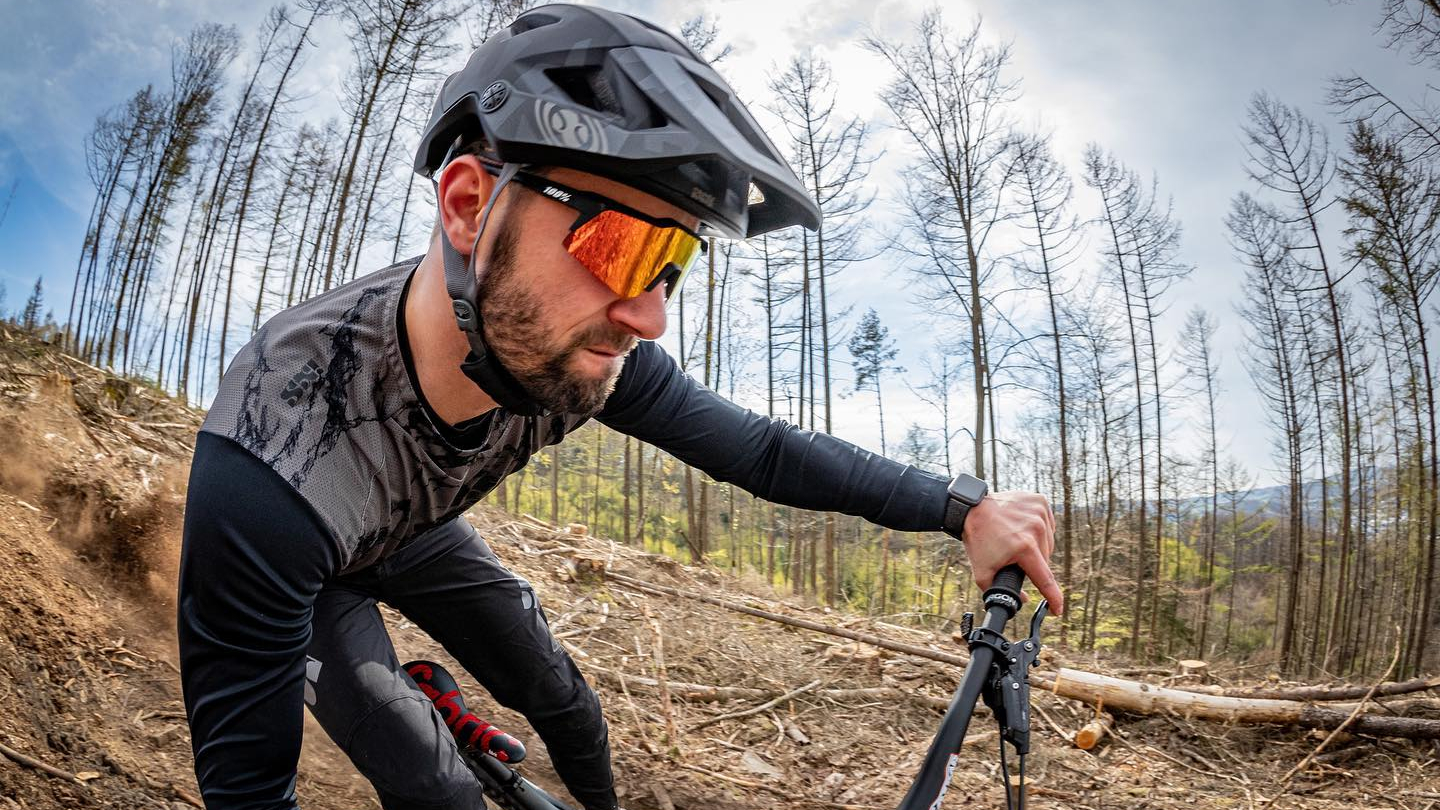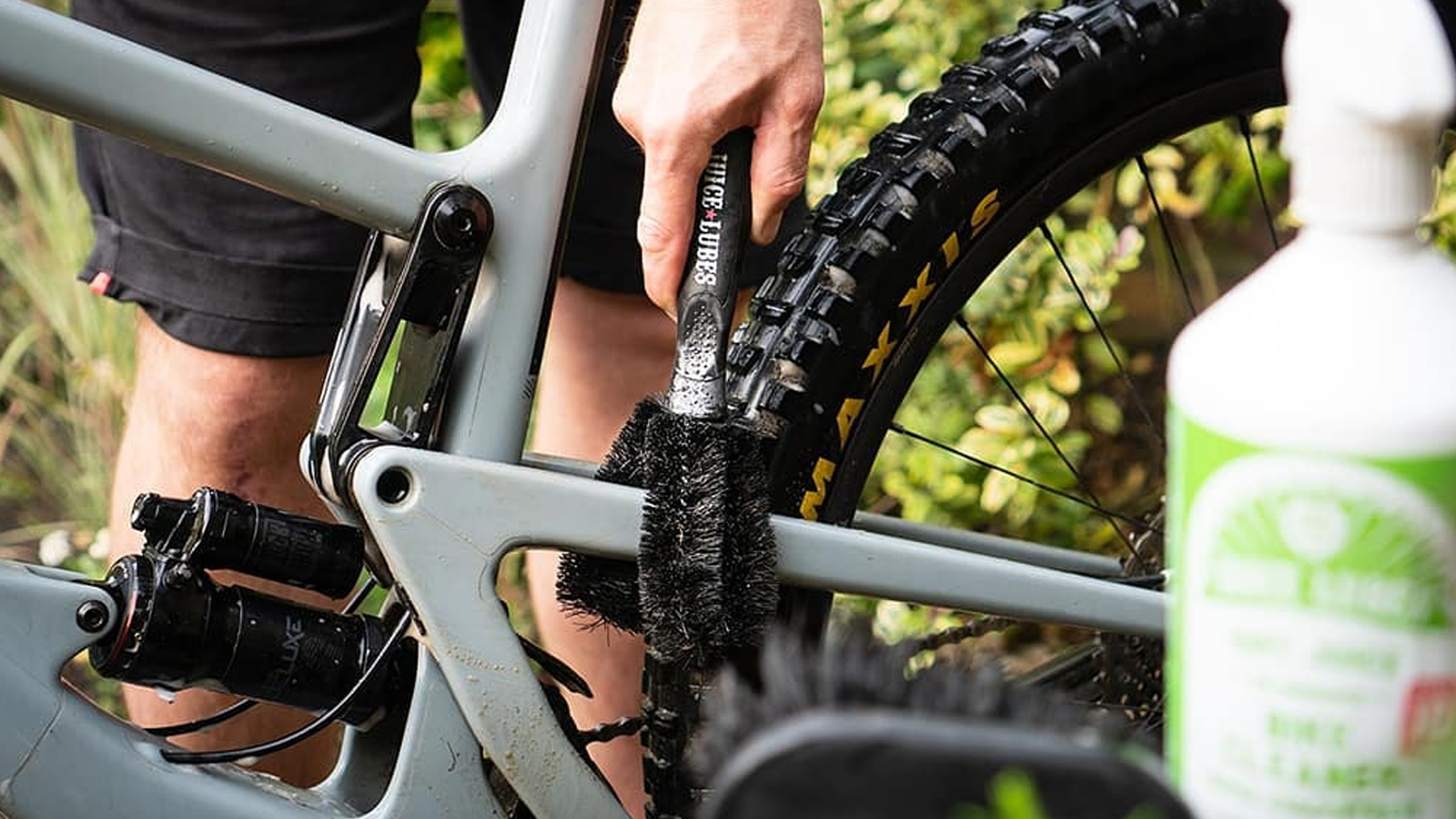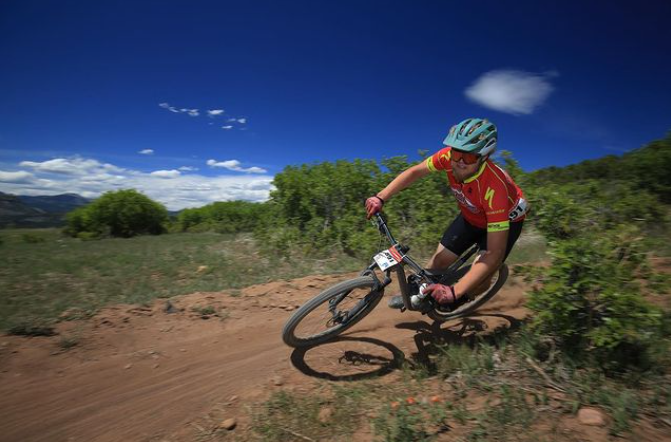Mountain bike essentials – must-have mountain bike kit when heading to the trails
From a helmet to the right tools, these are the MTB essentials you need to pack for a good time out on your bike

Mountain biking, like many other sports, is an activity that requires a long list of essential equipment. Sure, you can wear street clothes and shoes on a mountain bike ride, and there’s nothing wrong with that if you want to try out the sport or don’t have the budget to buy everything. But riding becomes much more enjoyable, easier, and safer when you have the correct equipment.
From bikes and components to clothing and safety gear, there are lots of factors to consider when outfitting yourself with new mountain biking gear. Some items are essential and should be at the top of your shopping list. Others, like GPS computers, can enhance your riding experience but aren’t requisite.
Experienced riders have usually collected their closet of kit throughout the years, which can be one of the fun parts of the sport. Some people like the style element of matching or contrasting colors, while others go for function over form.
Take a look at this guide to the essential kit and gear for a mountain biker to have, then check out your local bike shop or an online retailer to see what they have in stock.
1. Bikes and components

All of the different types of mountain bikes are a lengthy subject, but there are two broad categories: hardtails and full-suspension bikes. Hardtails have no rear suspension, while full-suspension bikes do. Beyond that, we have an entire guide to the different types of mountain bikes and what type of riding they’re designed to do.
When shopping for a bike, there are two things that the bike should absolutely have: hydraulic disc brakes and a 1x drivetrain. Even budget mountain bikes will have these features, and if a bike doesn’t, it’s probably not worth buying. Hydraulic disc brakes use hydraulic fluid to actuate the brake caliper, similar to the brakes on a car. They are more powerful and consistent than cable-actuated disc brakes, which are still around but not very popular.
One-by (or 1x) drivetrains mean that there is only one chainring or ‘front gear.’ This will be paired with a wide-range cassette, usually with 11 or 12 different gears. These are much simpler than the 2x systems of yesteryear, which are very rare on new bikes.
The great thing about mountain bikes is that you can easily swap out the components with something else. This means you can easily upgrade your components as your skills progress. You may want a new fork or shock that has more tuning adjustments as you become a more skilled rider. You also may want to adjust your tires for something that better suits your riding style and home terrain.
2. Clothing

The basics of mountain biking clothing are a jersey and a pair of shorts. Clothing made out of technical materials specifically for mountain biking is needed primarily to regulate body temperature and allow for freedom of movement.
The two primary jersey staples are casual jerseys and race-cut jerseys. Casual jerseys fit like a t-shirt and are great for everyday riding. Race-cut jerseys are skin-tight, similar to what road cyclists wear. It’s up to you what you feel most comfortable in.
Padded shorts are vital for comfort on the bike. Some baggy shorts will have a pad, or chamois, sewn into them, while others require you to buy it separately. In that case, a pair of bib shorts can be used. Cross-country riders usually wear bib shorts on their own along with a race cut -jersey.
Another crucial part of clothing are mountain bike gloves. Some riders go without gloves, but they protect your hands in the case of a crash and allow you to better grip the bars. You don’t want sweat to make your grips slippery and cause you to crash!
Finally, a mountain bike-specific pair of shoes is needed. There are flat shoes meant to be ridden with flat pedals and clipless shoes, which ‘clip in’ to specially designed pedals. It’s up to you which kind you prefer, and there are casual and more aggressive styles available.
3. Safety gear

The number one safety item for mountain biking is a helmet. We have loads of different helmet guides on the site, and you’ll notice that many MTB helmets feature rotational safety like MIPS. These technologies protect against angular impacts to the head. MIPS is a common technology seen across brands, but there are also others such as Koroyd, POC SPIN, or Bontrager WaveCel.
Sunglasses and goggles are also important to protect your eyes from the sun and trail debris. Sunglasses don’t necessarily need to be mountain bike-specific but make sure that they have anti-fog lenses and work in both bright sun and in the shadows.
Some riders, especially enduro and downhill riders, will wear knee pads and sometimes elbow pads. Pads come in hard-shell or soft-shell varieties, with some being lightweight enough to wear when climbing too. Downhillers will sometimes wear safety items like neck braces and back or chest protectors, too.
4. Tools and spares

No rider wants to get stranded on the trail, which is why basic tools should be carried on rides. If nothing else, a flat tire repair kit should be included in your riding pack. The most basic way to do this is to carry a spare tube, tire lever, and CO2 cartridge and inflator nozzle. Some riders prefer a mini pump, and inner tube patch kits exist too.
To fix other parts of your bike such as loose bolts or a misaligned saddle, there are a wide variety of multi-tools on the market. Each multi-tool will have different functions, from standard hex wrenches and screwdriver heads all the way up to chain tools. Shop around and find one with the tools you will most likely need for your specific bike.
Aside from emergency repairs, another thing that’ll leave you desperate to get off the trail is dehydration or hunger. The general rule is to consume one water bottle and one food item, such as a bar or a gel, per hour, but everybody’s body has different fueling needs.
How do you carry all of this? The most popular ways are with a backpack or hip pack. Backpacks often feature hydration bladders, so you can carry plenty of water. Hip packs are less bulky and come in variations with hydration bladders or pockets for water bottles. Some brands even have implemented ways to carry supplies on your bike itself, such as Specialized’s SWAT system which has a compartment in the downtube.
5. Home maintenance

Your life can become a lot easier and cheaper if you learn how to maintain and fix your bike yourself. The main tools you need to make at-home repairs and adjustments are hex (Allen) wrenches and Torx wrenches. That covers most bolts on the bike, and screwdrivers may be needed for derailleur adjustments. There are of course plenty of other tools that are needed for more complicated repairs.
In terms of keeping your bike running smooth and efficiently, you should also keep it clean. This can be done with a simple garden hose, but bike-specific pressure washers can help too. Washing your bike doesn't require any specialist products either although they do help. Check out our guide if you are wondering how to clean a mountain bike in six easy steps. The chain should be lubed every time you wash your bike and at regular intervals.
It almost goes without saying, but you’ll also need a floor pump for your tires and a shock pump if you have air-sprung suspension. Another item that makes repairs much easier is a bike maintenance stand to hold your bike while you work on it.
6. Electronics

There is a slew of electronics that can aid or enhance your riding adventures. The most common are GPS computers. Lots of computers are designed for general cycling use, but those with advanced routing and mapping features are the best for mountain biking. That said, if you are riding a bike park where trails are signposted, know the trail system already or you aren't bothered about stopping to use an app like TrailForks on your phone then a basic but smaller and cheaper GPS might suit you better.
Action cameras are popular for recording and sharing riding footage. GoPro is king in this space, but other brands are offering high-quality video capabilities at surprisingly bargain prices.
Power meters also exist for mountain bikes for taking your training to the next level. Pedal-based power meters offer ease of installation, while more traditional crank-based models are on the market too for any drivetrain you may have.
For true backcountry adventures, there are various GPS trackers too. If you get lost or hurt, help can be on the way at the press of a button.
Ryan Simonovich has been riding and racing for nearly a decade. He got his start as a cross-country mountain bike racer in California, where he cultivated his love for riding all types of bikes. Ryan eventually gravitated toward enduro and downhill racing but has also been found in the occasional road and cyclo-cross events. Today, he regularly rides the trails of Durango, Colorado, and is aiming to make a career out of chronicling the sport of cycling.
Rides: Santa Cruz Hightower, Specialized Tarmac SL4

